You never know what is in store for you in your dusty mail bin. Perhaps it is a pretty postage stamp from Aunt Martha’s Caribbean cruise or an exotic postcard stamp from the tropics. They are so pretty that you want to start a used stamp collection.
But wait – before you even peel off the postage stamp from the envelope, are you sure you are doing the right thing?
Think again. Post stamps are held by a special kind of adhesive. No doubt, you will tear off some parts of the postage stamp before you are even halfway in peeling it.
We will teach you how to do the proper way of removing old stamps.
Follow these easy tips on taking stamps off envelopes.
1) Carefully rip or cut a section of the envelope near the attached postage stamps.
Do not even attempt to remove the postage stamps at this point. Just one slip and you can damage your postage stamps permanently with accidental tearing. The same procedure goes when you want to remove stamps off postcards.
However, remember to pre-sort your postage stamps according to color as you prepare them for the next step.
2) Soak the stamps in a cup of lukewarm water.
Make sure the water is just warm enough. Boiling-hot water can damage your postage stamps.
Soaking same-colored stamps in one bowl reduces the risk of staining. Some stamp inks have the tendency to “bleed” when you soak them.
Let the stamps float with its envelope section submerged in the water. Soaking the postage stamps for at least 30 minutes or more is ideal for dissolving the stamp adhesive.
3) Test a postage stamp if its paper backing is loose enough.
After a period of time, the postage stamps should separate from the envelope with ease. Start from the corners and if the stamps refuse come off, soak them a little longer.
Some postage stamps are hard to remove. It is a little tricky to remove old stamps. Be sure to use a stamp tweezers to avoid nips and folds on your stamps.
4) Dry the postage stamps.
Carefully remove excess water by dabbing the stamps with a paper towel. Never wipe the postage stamps because you might rub off the design. Instead, lightly press the towel on the postage stamps until the water is absorbed.
Place the stamps with its right side down on a newspaper. A little portion of the stamp gum may still be intact and it could stick on the newspaper.
5) Press the postage stamps.
Wet postage stamps crinkle when they dry up. You need to put something heavy over them so they will come out flat.
Layer the postage stamps between two sheets of paper. Place a heavy book on top. Let the postage stamps dry completely for a couple of hours up to overnight.
6) Classify your postage stamp collection.
Sorting your stamp collections by subjects or themes let you display them in a creative way. A stamp collecting album keeps your postage stamps safe inside.
When not to remove stamps from envelopes?
There are special circumstances when you should not take off the postage stamps from the envelope. After all, philately is not just about stamps. Envelopes and other postal services products also count.
Here are the things to consider before getting your stamps off the envelopes:
• If your postage stamps have special postmarks and cancels
Stamp cancels or postmarks have incredible varieties. Some come in fancy designs from slogans to flags cancels. Most stamp postmarks extends to the paper so you might destroy its beauty if you take the stamps from the envelope.
• If the mail came from a famous sender
Letters from notable personalities like presidents and movie stars are worth keeping intact. Who would want to destroy an envelope signed by a famous person?
• If the postal stamp was applied on an exotic postcard or maximum card
Maximum cards are postcards that have post stamps applied on their designs. A stamp on maximum card should have the same theme as the postcard picture. Thus, taking stamps off the postcards will defeat its purpose.


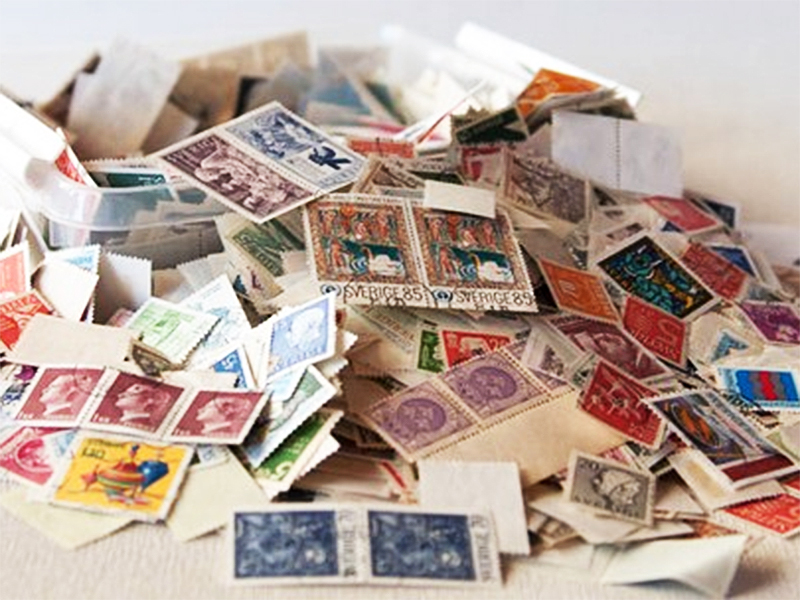
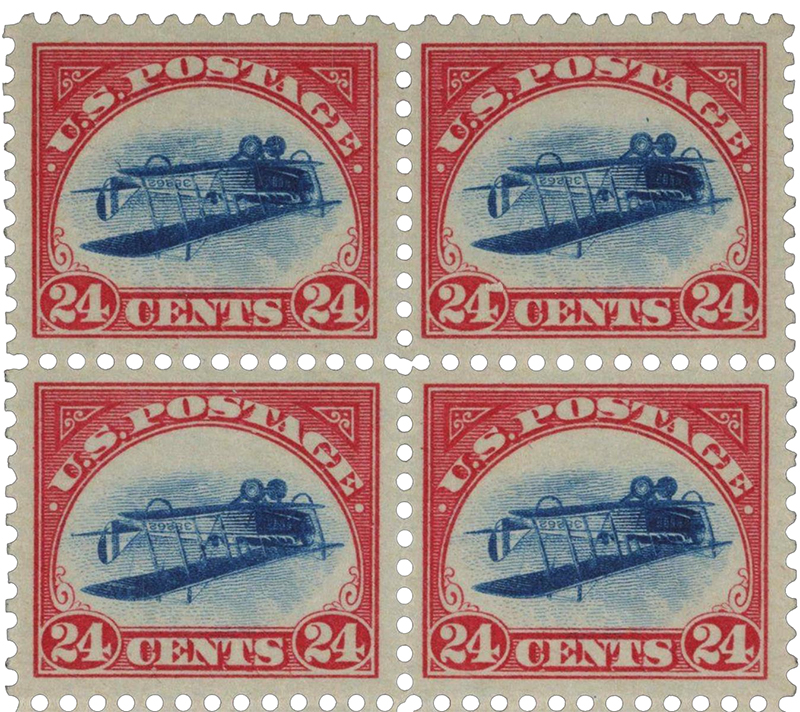
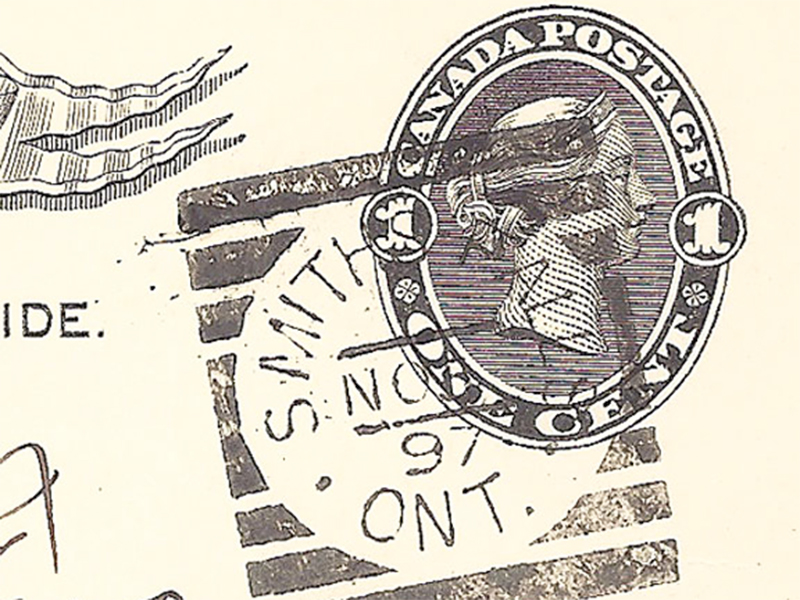
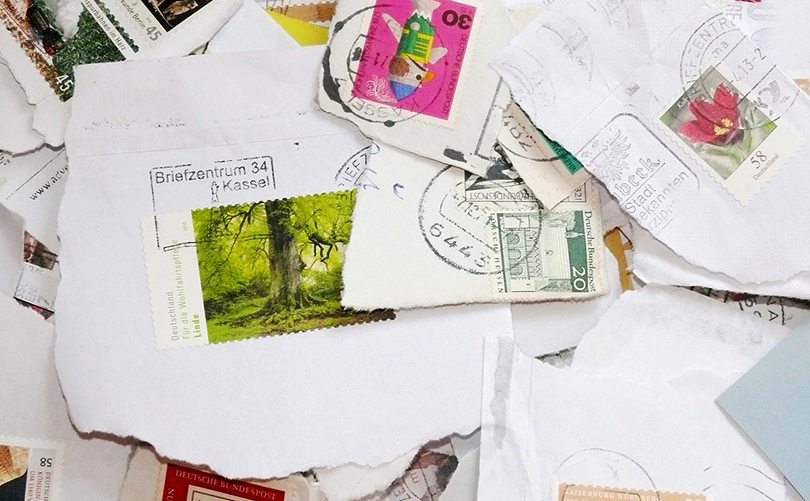
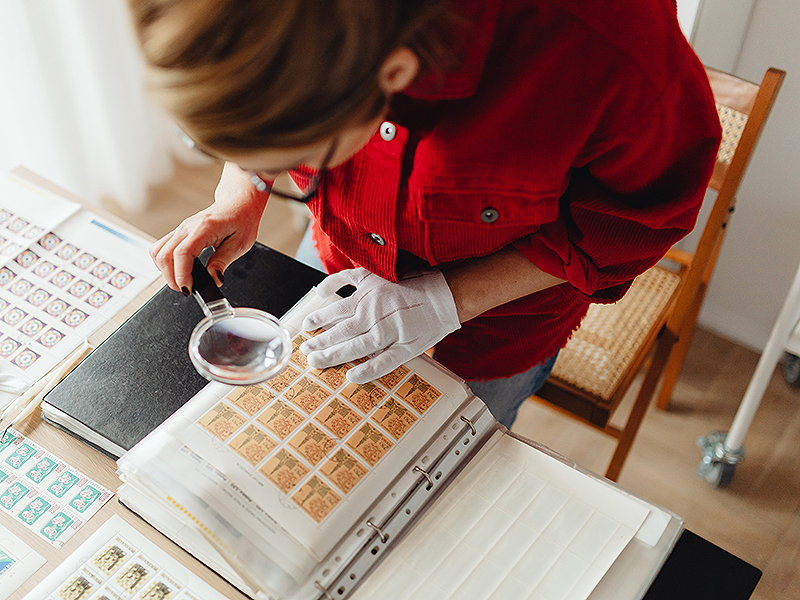
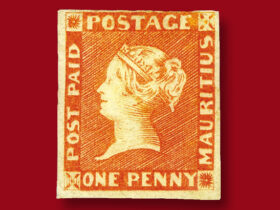


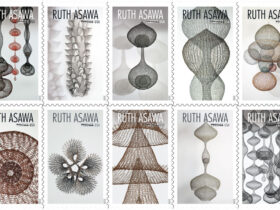
Leave a Reply